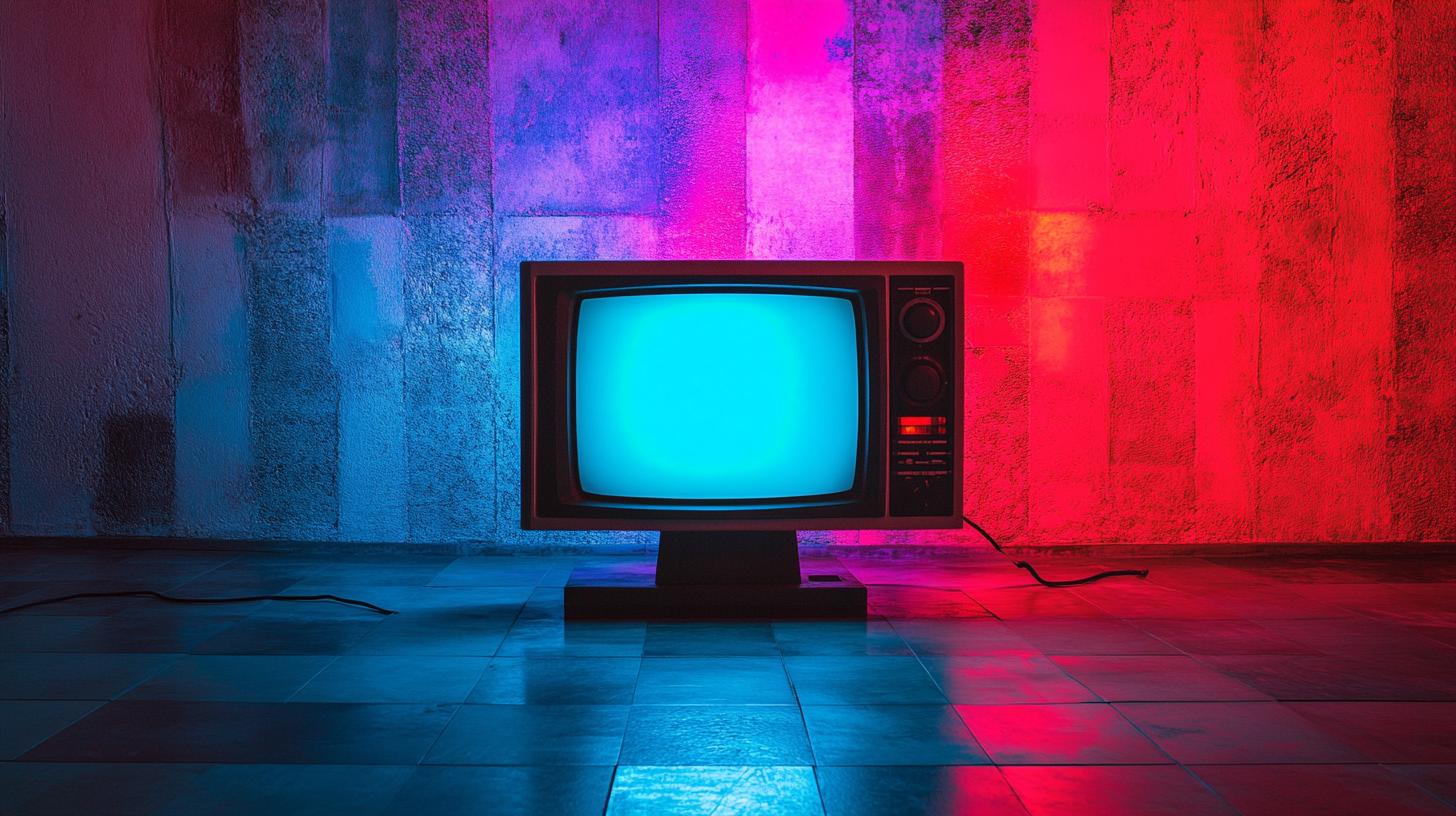In the ever-evolving world of home entertainment, the quest for a seamless setup often encounters one overwhelming enemy: cable clutter. Enter the groundbreaking solution that many tech enthusiasts are raving about—the concept of single-cable connectivity, which is becoming increasingly prevalent in modern TV designs.
At the forefront of this trend is a technology known as the “One Connect” box, pioneered by companies like Samsung. This revolutionary device changes the game by allowing all your connections—from power to audio-visual inputs—to be handled by a single, streamlined hub. What makes this approach a standout is how it drastically reduces the need for multiple cables trailing from your wall-mounted TV, providing a sleek, minimalist aesthetic while ensuring all your devices are accommodated.
The One Connect box offers a hidden secret: it combines all your essential ports in one place, which can be tucked away from sight, providing a clean look to any entertainment space. This not only enhances the visual appeal of your setup but also simplifies the process of connecting devices. Plugging in a gaming console, a soundbar, or a streaming device becomes an effortless task with everything routed through this central hub.
Moreover, with advancements in technology, some One Connect solutions support future-proof features like 8K resolutions and enhanced HDR standards, ensuring compatibility with the latest audiovisual advancements.
For those desiring a tidier, more efficient home entertainment system, the shift towards single-cable connectivity solutions like the One Connect box is a vision of the future we can embrace today.
Is Single-Cable Connectivity the Future of Tech Integration?
In the world of modern technology, reducing clutter is a driving force behind innovative solutions, and single-cable connectivity is leading the charge. While the One Connect box from Samsung is gaining popularity, there are exciting developments in this trend affecting more than just televisions.
Why is single-cable connectivity catching fire? The solution not only offers a simplistic and clean look but also represents a leap forward in how we interact with technology. With the rise of the Internet of Things (IoT), the demand for interconnected devices has skyrocketed. The One Connect box is only the beginning. This technology is paving the way for seamless integration between multiple devices—think smart fridges, lights, and speakers—all connected through one hub.
Are there any drawbacks? The technology is still in its infancy, with compatibility being a major hurdle. Different brands may have unique standards, which can limit cross-brand connectivity. Additionally, the initial cost of devices using such technology can be prohibitive for many. Furthermore, to leverage its full potential, older devices may require adapters, adding to the complexity.
However, the potential benefits are hard to ignore. Besides reducing clutter, this technology can lead to energy savings and increased device lifespan due to efficient power management. By simplifying installation and upgrades, it also saves time and reduces frustration.
Could we be looking at a universal solution soon? As companies strive towards standardization, a universal single-cable system might emerge, potentially transforming how we engage with technology in everyday life. Stay tuned as this fascinating field evolves!
Discover more tech innovations at SAMSUNG and APPLE.







